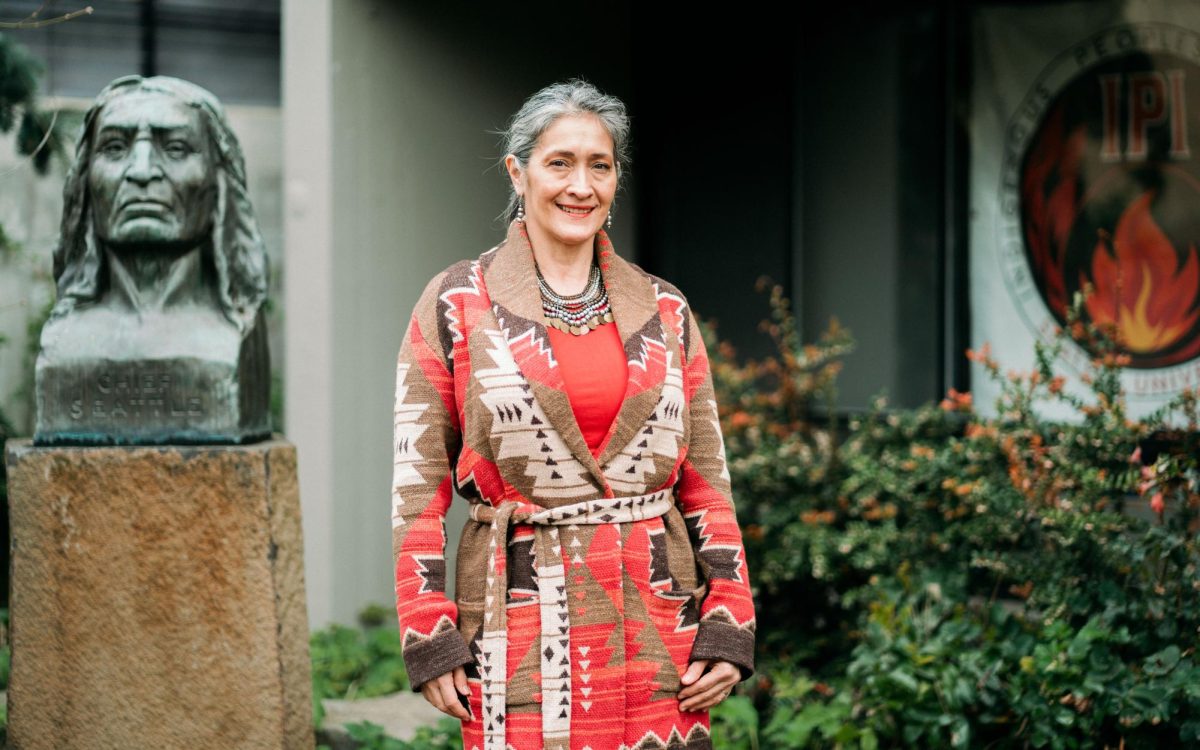
Peace
You may have heard more about who didn’t win this year’s peace prize (Pakistani education activist Malala Yousafzai) than the organization that did. The Organization for the Prohibition of Chemical Weapons has been working outside of the spotlight for over 16 years on a profoundly important task. It was formed after the global ban on chemical weapons in 1997 to make sure all nations adhered to it. What pulls them into the spotlight now to receive the award is their action in Syria. Here we see a conflict that was just about to spin into another war if it hadn’t been for the disarmament of the country’s chemical weapons stockpile. OPCW has said of their current work in Syria, “Never in the history of our organization have we been called on to verify a destruction program within such short timeframes – and in an ongoing conflict.”

Literature
English book enthusiasts originally had Haruki Murakami as a favorite to win this year in literature, but it was another upset when the prize went to Alice Munro, 82, an Ontario woman who has been called “the master of the modern short story,” and, by other Canadians, “our Chekov.” Her stories usually take place in her native southern Ontario, wedged between New York and Michigan. They concern women in all stages of their lives, from young girls coming of age, bachelorettes too mature for romance, and old women reminiscing about eras they’ve seen come and go. Her collections of stories have three times won the Governor General’s Award, Canada’s highest award for fiction, and she’s the first Canadian to win the Nobel for literature. She even hinted it may pull her out of retirement.
“This is quite a wonderful thing for me. It’s a wonderful thing for the short story.”

Physics
You may have heard of Peter W. Higgs and his popular particle, if not Francois Englert who shares the prize. They both developed the theory, independent of each other, that there would be a field responsible for matter having mass. The existence of such a field is crucial to the standard model of physics, so what is it? The standard model relies on the universe being penetrated with certain fields, in which the four elemental forces are transmitted. Photons, for instance— packets of light—are ripples in the electromagnetic field. Particles acquire mass by their interaction with the Higgs field. The existence of this field was confirmed this past March, when CERN announced discovery of a byproduct known to be created by it—the Higgs Boson. They fabricated the large particle by smashing protons together, like building a Lego castle by dropping two toy stores on each other.

Economics
The economics prize, technically “the Sveriges Riksbank Prize in Economic Sciences in Memory of Alfred Nobel is also being split among three recipients for 2013. Together Eugene F. Fama, Lars Peter Hansen and Robert J. Shiller have shown that while the prices of stocks are very difficult to determine over a short period like days or weeks, they actually become very stable on a frame of three to five years. In the 1960s Fama showed how difficult it was to predict the movement of stocks in the short term, as new information quickly gets factored into the price. In the ‘80s Shiller demonstrated the ratio between volatile stocks and more stable dividends, which increases at high prices and decreases at low prices. Hansen then incorporated their information into a model that has helped researchers explain the value associated with different types of assets.

Chemistry
This year’s prize in chemistry has less to do with test tubes and beakers and more to do with computers. It is shared among Martin Karplus, Michael Levitt and Arieh Warshel. The three scientists developed computer models that could accurately and quickly, simulate chemical reactions. Chemical reactions are small and can happen incredibly quickly—being able to slow down a program and observe what is happening has been able to provide new insight to chemists. What makes the program exceptional is that it uses a blend of both quantum and Newtonian physics. For large information on the macro scale simple Newtonian physics is utilized, but data-intensive quantum physics precisely calculates events on the small scale at the same time. Karplus and Warshel began work in the ‘70s to create the program mixing the two models. Warshel later joined Levitt to develop it into an enzyme-studying program.

Medicine
The prize in medicine is shared by three scientists for their study of the way cells regulate the transport of enzymes. Vesicles are the organelles within the cell which attach to specific molecules; when the time is right, they fuse with the outer membrane of the cell and these molecules send signals. The precision of this process fascinated Randy Schekman, who began experimenting with yeast in the 70’s. By isolating which yeast cells had defective transport systems, he was able to identify genes responsible for creating effective vesicles. James E. Rothman found that when vesicles dock with membranes to transfer cargo, they connect with very specific protein complexes, which allow only the right transfer at the right time. Thomas Sudhof determined the similar method for precise timing of neurotransmitters within nerve cells. Their work provides insight into many disorders resulting from inefficient transport systems in cells.










